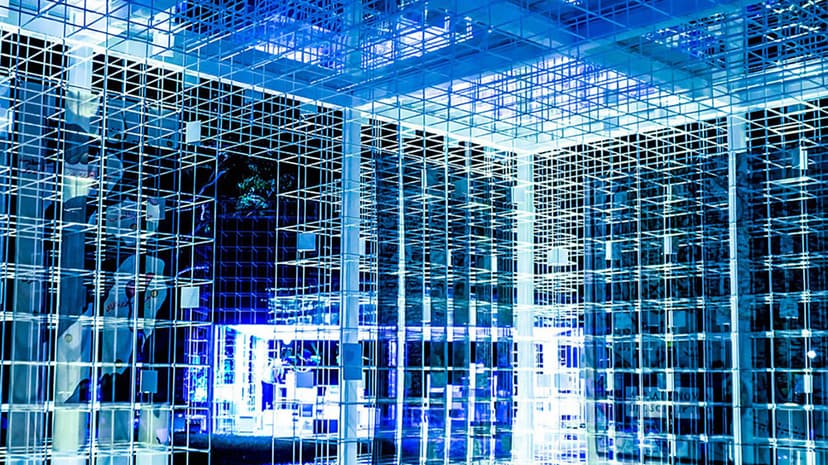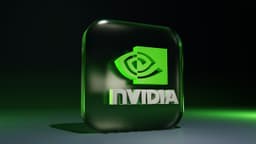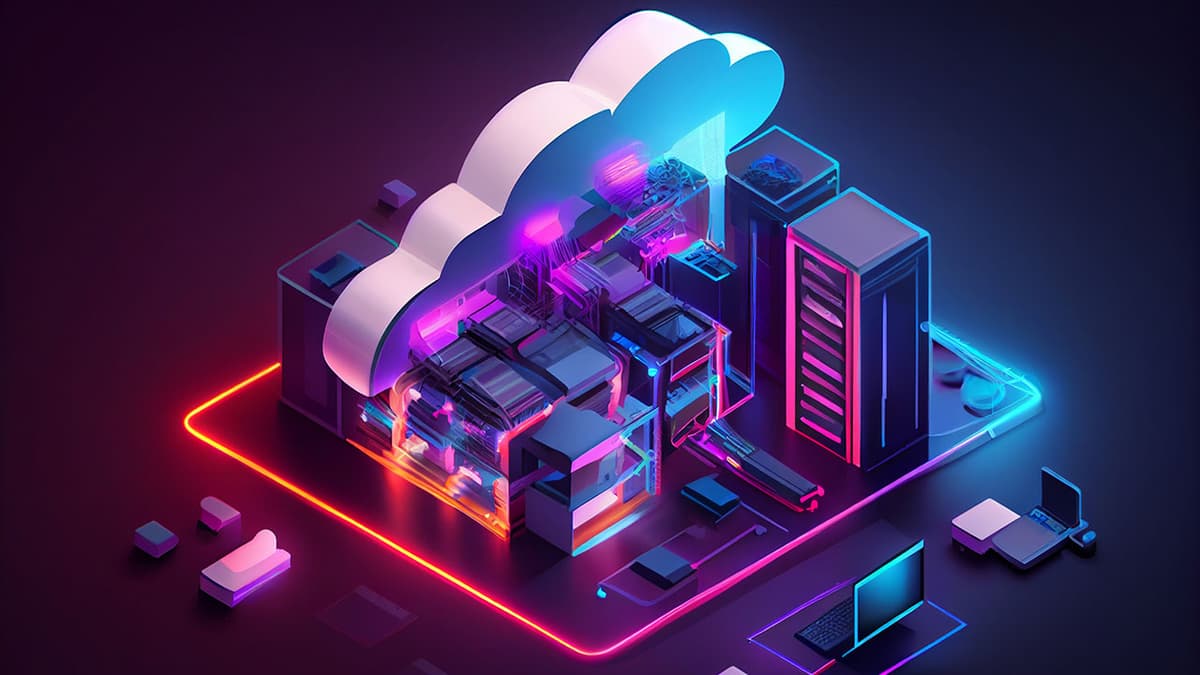Unlocking the Mystery of QR Codes
QR codes are simple squares packed with information. You see them everywhere: on billboards, product packaging, and takeout boxes. With a quick scan, they connect the physical world to the digital. Let's explore what makes these codes so useful.
What is a QR Code?
QR stands for Quick Response. These codes are designed for fast decoding of information. Initially created by Denso Wave to track vehicle parts, QR codes now serve as tools for instant data sharing.
A QR code functions like a small maze that your smartphone camera can read. Each pattern represents binary codes, which are the foundation of digital devices. When you point your phone at a QR code, it decodes the information.
Structure of QR Codes
QR codes are precisely structured. They are not random patterns. Each code contains four main sections:
- Finder Patterns: Three large squares in the corners help your camera locate the code.
- Alignment Pattern: This square ensures the code is read correctly, even if it's tilted.
- Timing Patterns: These patterns help the device determine the size of each cell.
- Data Cells: The critical part of the code, where the actual information is stored.
Your smartphone interprets these elements to read the information quickly.
How to Scan a QR Code
Scanning a QR code involves two main steps:
- Decoding: The app identifies the finder and alignment patterns to establish the code's orientation. It scans the data cells like reading a page.
- Action: The app converts the binary data into a readable format, such as a URL or contact information.
In seconds, you can be redirected to a website or display a message on your screen.
Uses of QR Codes
QR codes have various practical applications:
- Touch-Free Menus: Restaurants use them for digital menus, reducing contact with physical copies.
- Event Tickets: Scan a QR code to enter concerts and shows easily.
- Payment Options: Use a QR code for quick and secure payments.
- ID and Registration: Store personal details in a QR code for easy check-ins.
The Impact of QR Codes
QR codes simplify accessing information and connecting to the internet without typing. They are widely available, enabling anyone to create and distribute them for free.
These codes demonstrate how creativity can enhance convenience. The next time you encounter a QR code, take a moment to scan it and see where it leads. Happy scanning!












